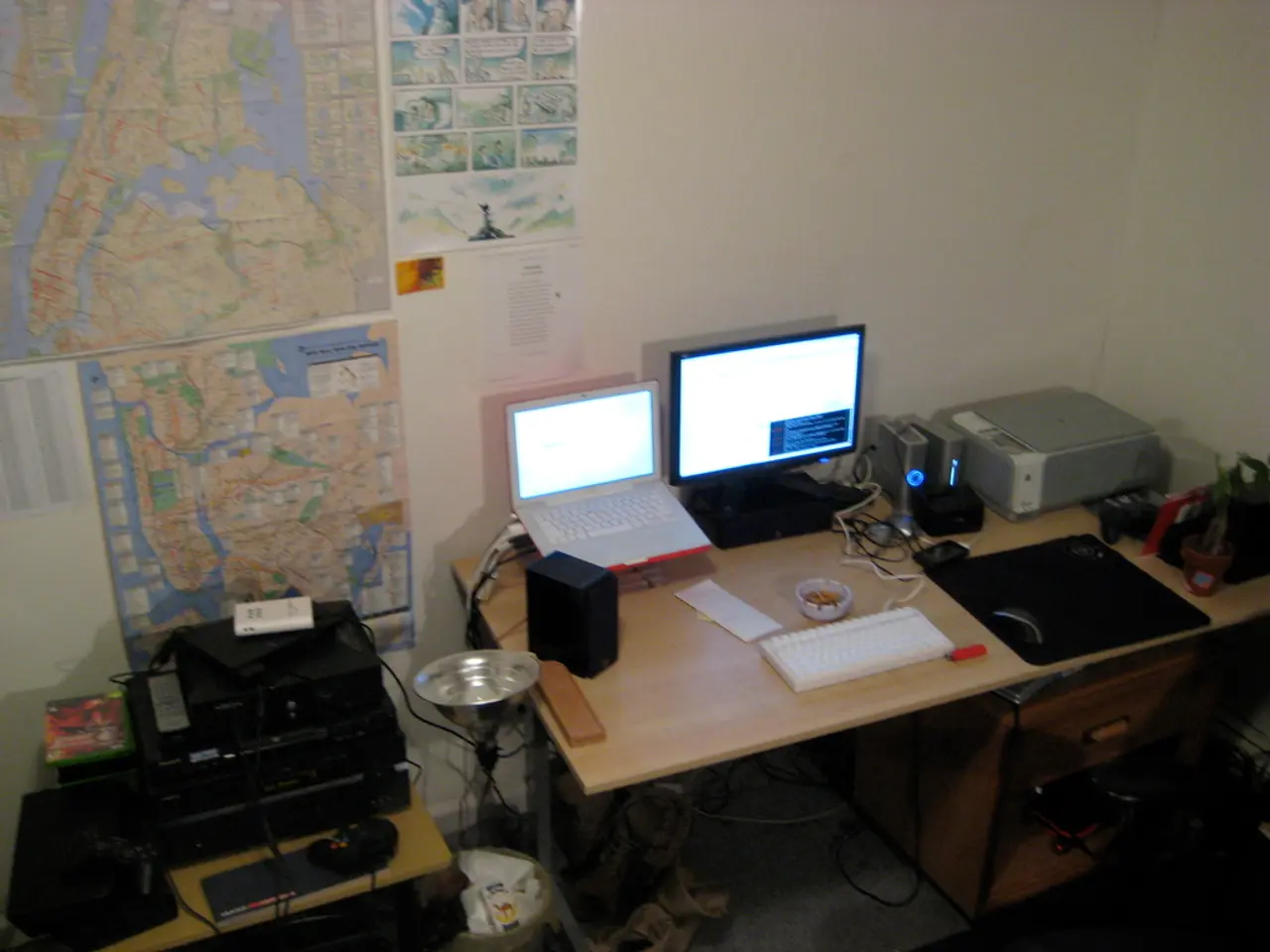Computer Storage Essential: Ram, the Volatile Variable Memory
Understanding Computer Memory: RAM and Non-Volatile Memory
In the world of computing, memory plays a vital role as a virtual warehouse, storing all the data and instructions a computer needs to function efficiently. Among the various types of memory, two primary categories are Random Access Memory (RAM) and non-volatile memory.
RAM, or Random Access Memory, is a type of volatile memory that functions as the lightning-fast sidekick to the computer's brain, storing data and code that the computer is currently using or will need imminently. This temporary storage enables very fast access and efficient processing. However, when the computer is powered off, all data in RAM is lost.
By contrast, non-volatile memory such as hard drives, SSDs, or ROM retains data even when power is removed. This makes non-volatile memory suitable for long-term storage, maintaining files, programs, and system instructions persistently.
The key differences between RAM and non-volatile memory can be summarized as follows:
| Feature | RAM (Volatile Memory) | Non-Volatile Memory | |----------------------|------------------------------------------|--------------------------------------| | Data retention | Data is lost when power is turned off | Data is retained without power | | Purpose | Temporary storage for active processing | Permanent storage of data/programs | | Speed | Much faster access by CPU | Slower compared to RAM | | Typical examples | DRAM, SRAM | Hard drives, SSDs, ROM | | Role in system | Working memory enabling multitasking and fast CPU operations | Long-term storage of system and user data |
Dynamic RAM (DRAM) and Static RAM (SRAM) are two common types of RAM. DRAM, which needs to be constantly refreshed to retain data, is likened to a leaky bucket that needs to be continuously filled with water (electricity). SRAM, on the other hand, does not require constant refreshing and is more expensive but faster and less power-hungry than DRAM.
Cache memory, the VIP lounge of a computer's memory system, stores the most frequently used data and is super fast. The memory controller makes sure that the data flowing through the memory bus is organized and doesn't crash into each other.
Memory is measured in units called bytes, with each byte being a small digital information building block. The memory hierarchy is responsible for storing and managing all the information a computer needs to process.
In essence, RAM provides the CPU with rapid read/write access to data needed immediately, optimizing system speed and responsiveness. Non-volatile memory ensures data persistence across sessions but at slower speeds.
Read also:
- 17 Tech Gadgets and Add-Ons Permanently Taking Up Space in My Mental Realm
- 2022 Feature on our site: Leading U.S. Computer and Electronic Equipment Manufacturers (Presented in a Slideshow)
- Rush to Acquire These 21 Tech Items at Reduced Prices and Bolster Your Home Work Efficiency
- Streamlined Methods for Sharing Digital Files Among Corporate Entities








